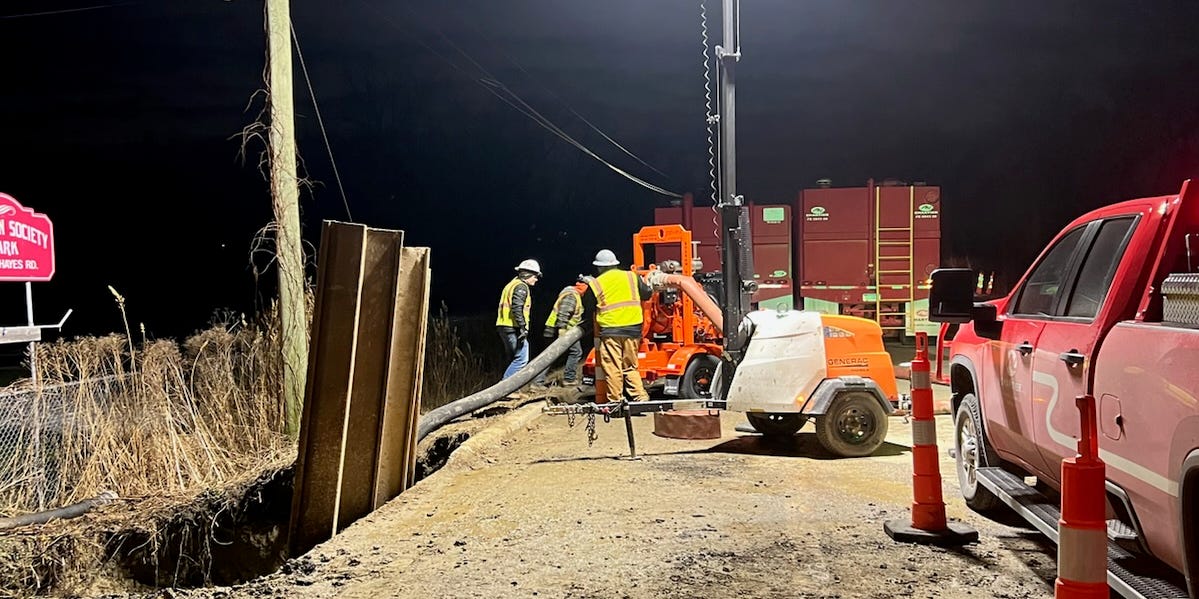Sewage Crisis Averted: Macomb's Underground Leak Sealed, Health Risks Remain

Local health officials are warning residents to steer clear of the middle branch of the Clinton River following a significant sewage leak that has contaminated the waterway. Recent water quality tests have confirmed the presence of dangerous E. coli bacteria, raising serious concerns about public safety.
Environmental and health experts are advising community members to avoid any direct contact with the affected river section. This includes activities such as swimming, fishing, or recreational water sports that might expose individuals to the contaminated water.
The sewage leak, which occurred unexpectedly, has prompted immediate investigation by local water management authorities. Officials are working diligently to identify the source of the contamination and implement necessary cleanup procedures to restore the river's water quality.
Residents are strongly encouraged to stay informed about the situation and follow guidance from local health departments. Until further notice, it is crucial to maintain a safe distance from the middle branch of the Clinton River to prevent potential health risks associated with E. coli exposure.
Updates will be provided as more information becomes available about the sewage leak and ongoing water treatment efforts.
